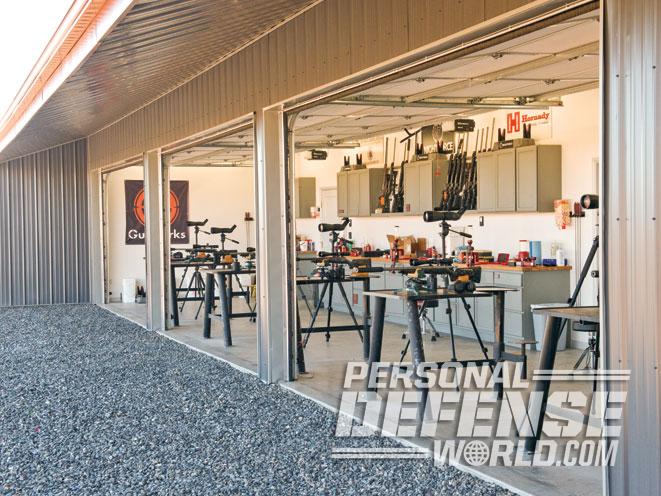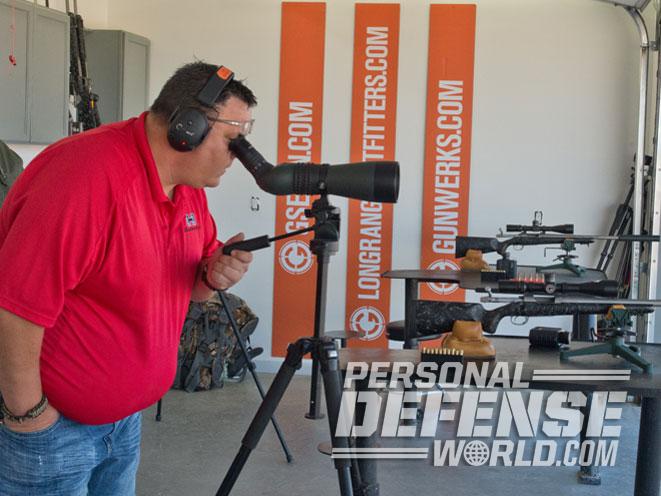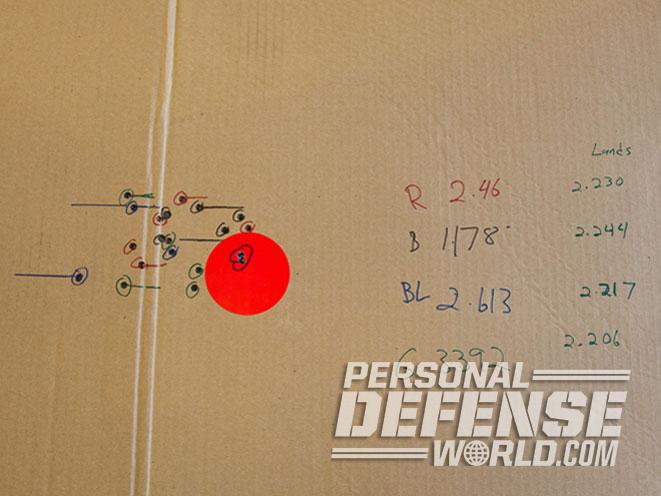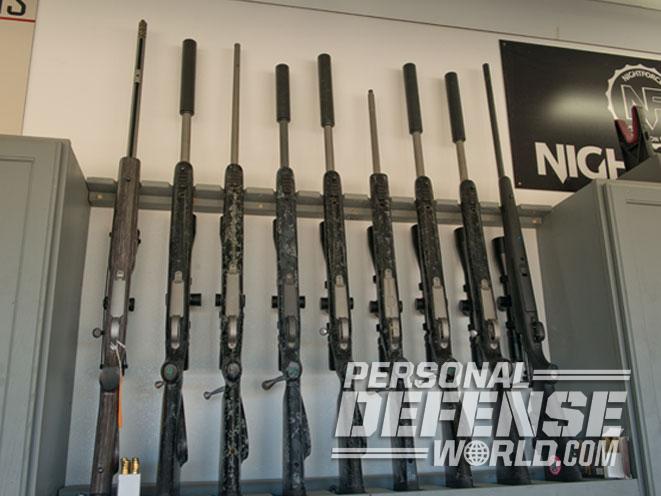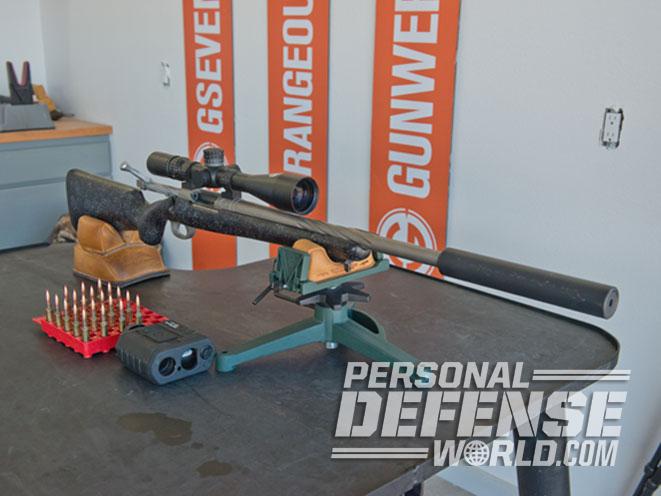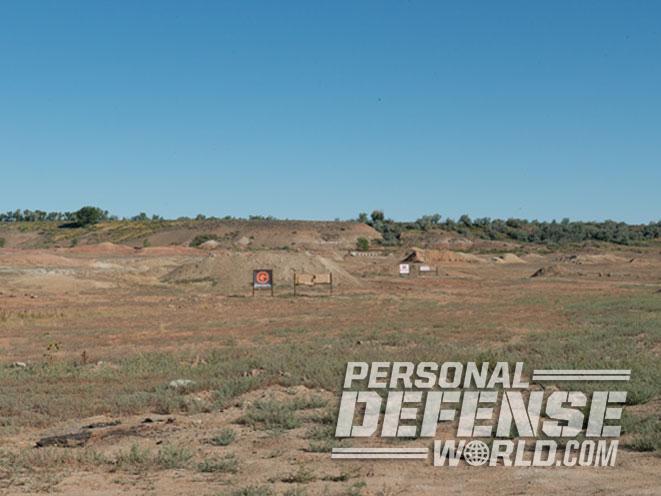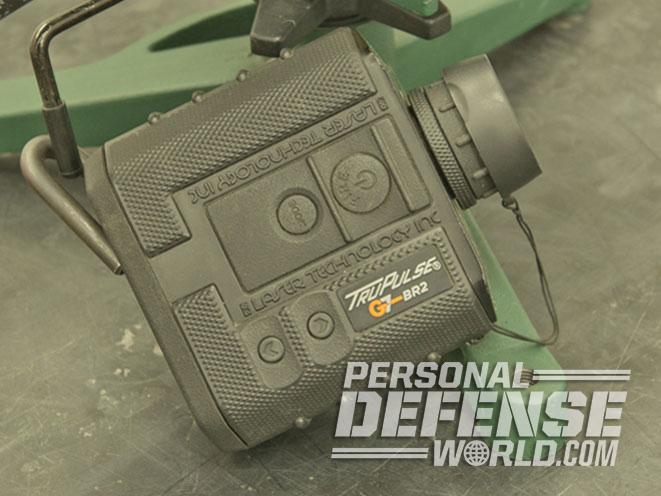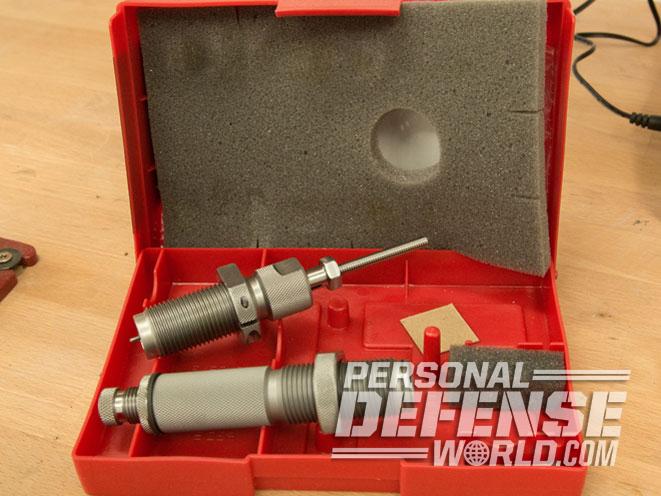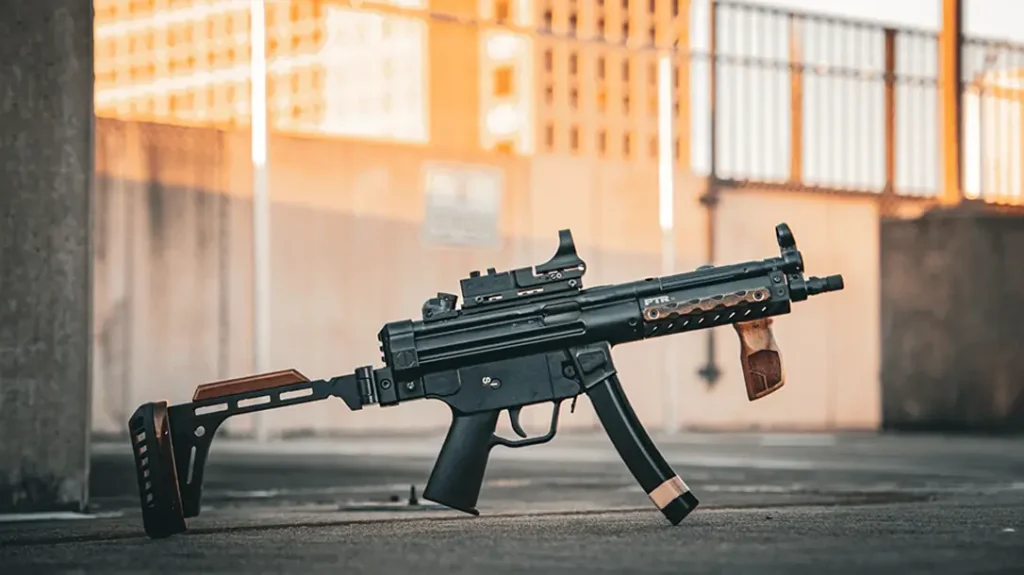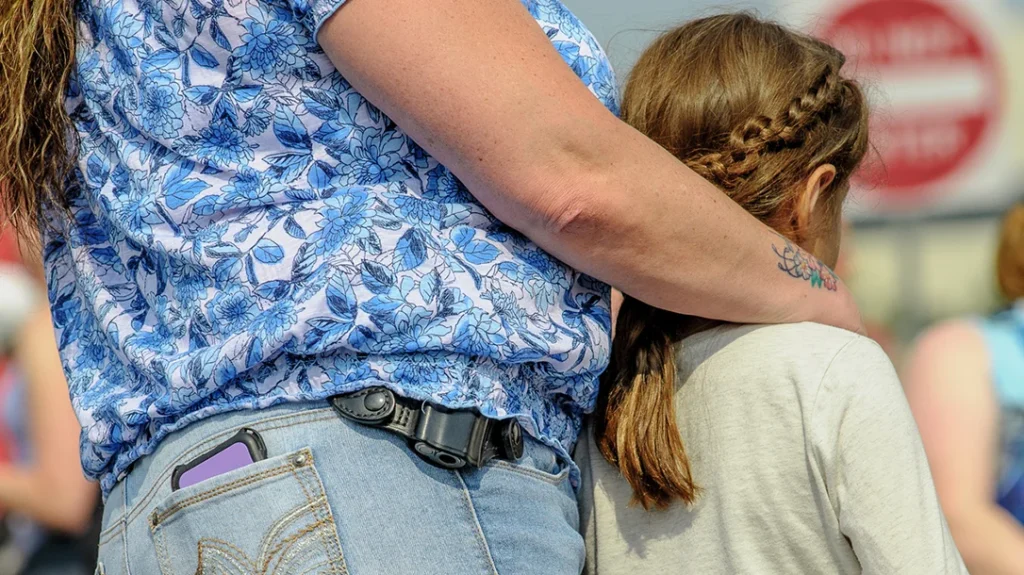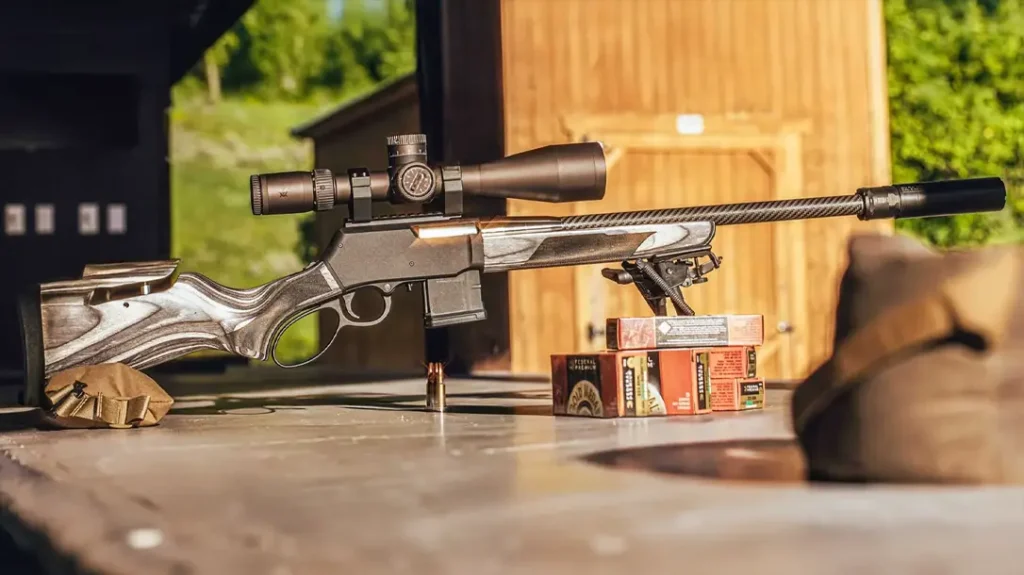My conversion to the 6.5 Creedmoor is all but complete. I’ve sold all of my .308 Winchester rifles, and I’ve only kept .308 barrels for my Desert Tech SRS and Barrett MRAD. My uses for the .308 (outside short-barreled ARs) have mostly disappeared. My 6.5 Creedmoors shoot softer and flatter, with less recoil, and they work better suppressed. These are incredibly versatile rifles that can reach 1,200 yards with factory ammunition—they can do all I need them to do. They also serve perfectly in precision rifle competitions. Several companies make factory 6.5 Creedmoor loads that are incredibly accurate. The only realm left for me was an earnest attempt at reloading. A Long Range Reloading class held at Gunwerks in Cody, Wyoming, proved the perfect solution.
Gunwerks & Hornady
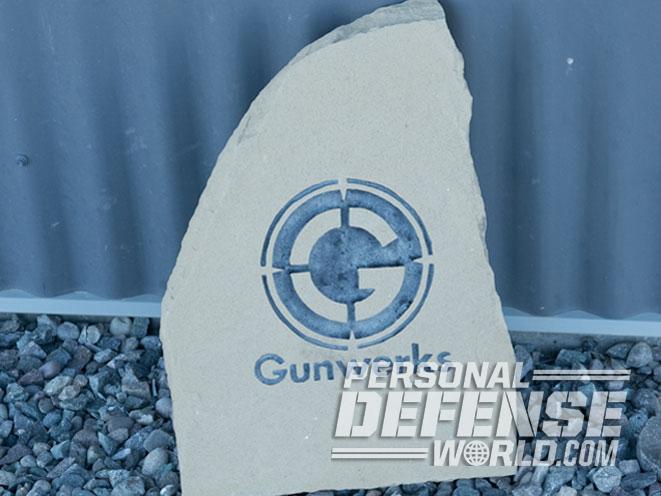
Advertisement — Continue Reading Below
Gunwerks is a custom rifle-builder specializing in long-range hunting. Well known for producing rifles in magnum calibers, the company also specializes in the 6.5 Creedmoor. Gunwerks’ systems include handloaded ammunition tailored to each individual rifle, and the company’s employees are masters of the process. Hornady’s 140-grain A-MAX bullet is one of their favorites. Each rifle package includes a Nightforce Optics scope using a Gunwerks reticle, a BR2 rangefinder and ammunition that prints inside 0.5 MOA at 300 yards. Each package will hold that accuracy out to 1,000 yards.
RELATED STORY: Reloading 101 – How To Load Your Own Ammunition
Designed with the avid hunter in mind, Gunwerks’ rifles are accurate, rugged and reliable, and the company even offers long-range hunting classes, training courses and Hornady reloading classes. Long dedicated to building the most accurate factory ammunition you can buy, Hornady remains one of the strongest supporters of the handloading community.
Advertisement — Continue Reading Below
Course Experts
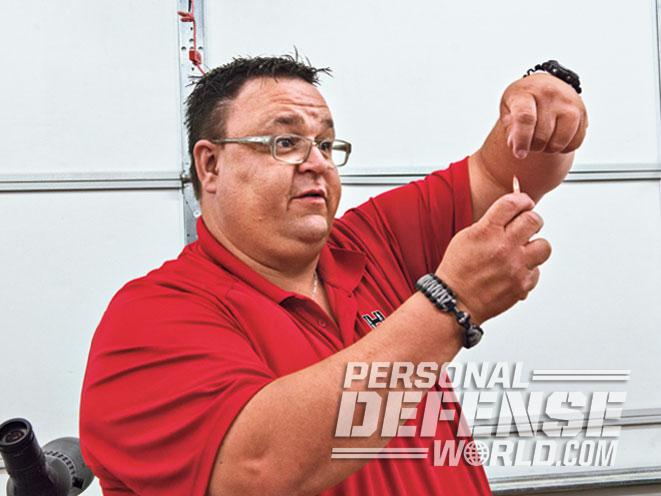
If you order custom dies for benchrest or custom calibers, Hornady’s Ben Syring builds them. He’s an engineer who is also an avid shooter with a love for precision rifles. Tasked with providing Hornady’s presentations on reloading, he was the perfect instructor for this class.
RELATED STORY: Do The Twist – Calculating Your Gun’s Actual Rifling Rate
Advertisement — Continue Reading Below
Unlike some training courses, this was a hands-on event where you are presented the basics of precision loading. You also load ammunition and test it in Gunwerks’ rifles. Each student is provided a complete loading station, new brass, 140-grain A-MAX bullets, proper powder and the tools required for precision loading. After some classroom education, students test their loads on targets out to 980 yards.
James Eagleman from Gunwerks covers various techniques to test the accuracy of your loads. Simple techniques are taught to establish low extreme spreads (ES) and standard deviations (SD). Both result in tight groups and balanced loads. Of course, as in the real world, each bolt-action rifle is different and unique in the course, and you learn to “true” your load and utilize an extensive ballistics program. The course is pretty comprehensive given that it is only two days long.
Learning The Basics
Advertisement — Continue Reading Below
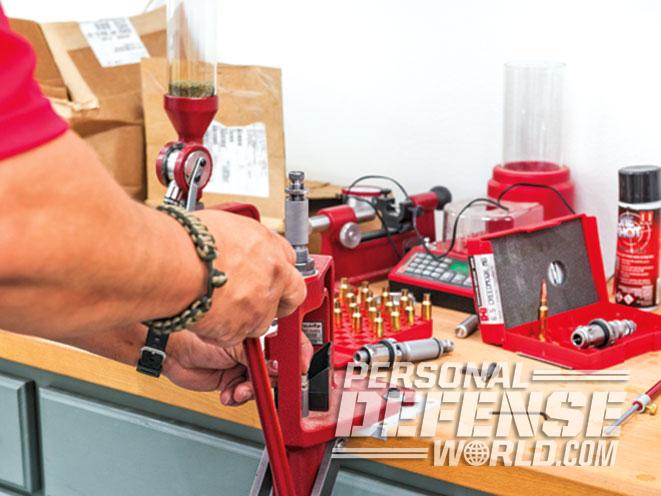
The class starts with Ben covering the basics. He discusses the differences in powders along with which work best for various applications. Since hunting was the purpose of this class, single-base powders were preferred because they typically are less impacted by temperature changes. Primers can differ between brands, and magnum primers should never be used unless called for. He also discussed simple things like setting up your workspace properly—little things I never thought of that ensure a clean result with no distractions.
Next up were bullet types and their construction. Typical match bullets use a tangent ogive. Most VLD precision bullets have a secant ogive, with some of the new hybrids using a blended secant. It’s easy to get lost in the math and science in this portion of the course. For my purposes, I learned why VLD bullets slice through wind better (higher ballistic coefficients) and produce a flatter trajectory. Many looking for absolute precision will measure each bullet, making sure they are identical; this requires a firm knowledge of a bullet’s BC. For most, it’s simply a matter of using bullets within specifications for precise applications.
RELATED STORY: Course Range Gear – What to Pack When Attending a Handgun Training Class
Advertisement — Continue Reading Below
The last of the classroom portion covered case preparation, which turned out to be the most critical aspect. The more time spent here, the more consistent your loads will be. We discussed cleaning, and the advantages of sonic cleaners became clear here. Tumbling works, but sonic cleaners scrub the entire case clean, inside and out, including the primer pocket. This really cuts down on preparation time. Next came properly trimming cases, chamfering and deburring the throats, even checking cases for roundness.
Once prepared and ready for sizing we picked the best die for our purpose. Hunters and tactical shooters require proper feeding regardless of changes in condition so a full sizing die is critical. Hornady’s design sizes the entire case to standard specifications insuring proper operation in the chamber regardless of some dirt, dust, snow, etc.
Proper measurements are critical in every aspect of the loading process, especially with powders. Each load must be the same, so each round is loaded one at a time to exactly the same weight. We used standard powder measures, tricklers and even a precise electronic dispenser. You just need to make sure everything is consistent.
Advertisement — Continue Reading Below
With the basics down, we moved to the bench and started from scratch, setting up our dies. We prepared cases, dispensed powder and loaded bullets to the proper specifications. We loaded 20 rounds into our assigned weapons and tested them for groups at 200 yards. The results would be compared the following day, at the end of the training course, to measure our improvement. After the first day, my groups were already in the 0.75-inch range.
Zeroing In
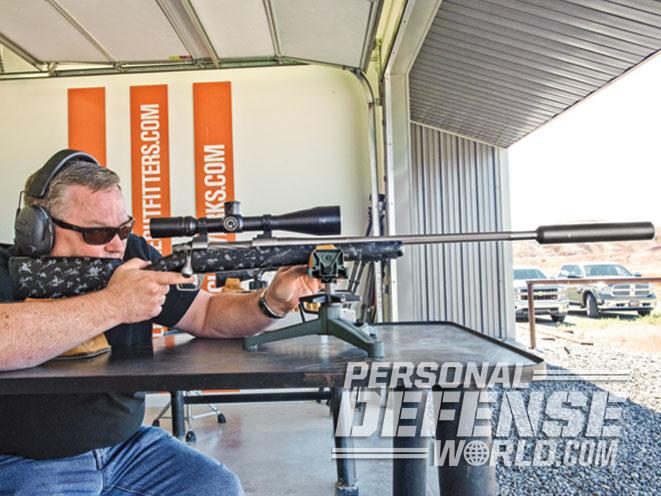
The second day, case preparation was similar, but there was just a bit more attention to detail. The big difference was measuring your actual chamber using a Hornady gauge. With exact measurements of where the ogive contacts the lands, you can alter the cartridge’s overall length (OAL) for the best accuracy. Using the headspacing kit, you can seat bullets to the lands, or off them as needed. Some bullets (including the A-MAX) prefer to be on the lands or just off of them. Some of us loaded to the lands, others progressively farther away. As a side note, James pointed out that, when loading for hunting, you start with an OAL that fits in the magazine. Since proper function is critical, the rounds must fit and feed easily. Loaded to the lands, or just a tad too far, may cause the bullet to get stuck, which could be deadly when hunting dangerous game. We loaded 10 rounds to the lands, with the remainder about 0.030 inches off.
Advertisement — Continue Reading Below
RELATED STORY: 3 Range Drills for Developing Accuracy, Speed & the Ability to Shoot Under Pressure
Moving to the range, I kept my two sets of loads separated to ascertain which grouped better. Others created loads that start at 0.010 inches off the lands and move back in five-round increments. To easily determine which grouped better, James introduced a useful method: Each round was colored using a different magic marker. As they pass through a clean cardboard target (preferably white), you can measure the spread of each color. Since these rifles shoot very tight groups at 100 yards, we tested these loads at 300 yards. Ideally, you first fire loads by powder then length, resulting in the most accurate and consistent loading.
My rifle was an older unit that had fired over 4,000 rounds. It liked the 0.030-inch-longer loads better, which grouped into about 1.5 inches at 300 yards, about half an inch tighter than those loaded on the lands.
Advertisement — Continue Reading Below
Final Thoughts
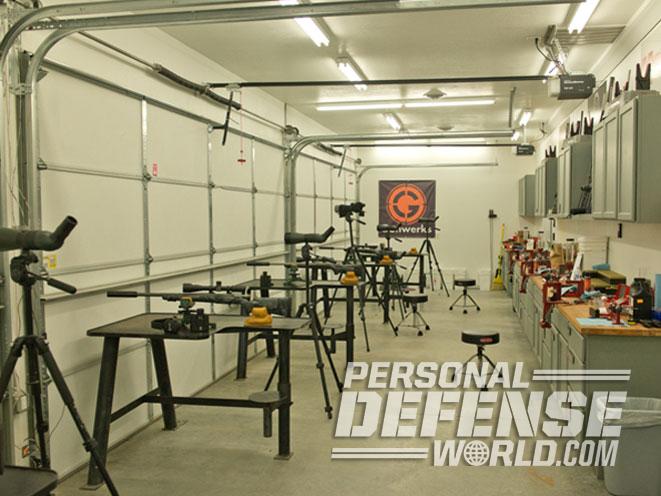
This class was incredibly valuable. Ben is an excellent, knowledgeable teacher, and he’s a great guy, making it that much more enjoyable. James was equally knowledgeable thanks to his extensive military and hunting background. Everything he taught was based on his experience in the field. The Gunwerks facility is top notch, making learning easy. Having everything you need within a few feet is huge, making for a very eventful day. Tons of information was provided, and having such experts on hand to keep you on track was invaluable.
The true test was my application at home a couple weeks later. Using a personal rifle as a test bed, it was possible to see a 30-percent reduction in group sizes at 100 yards along with reducing my ES to under 20 fps and SD to 8 fps. A low SD results in consistency in the intermediate velocities, while a lower ES equates to more consistent drop at longer range. Both mean you are better able to get hits at range—critical depending on your application.
This rifle’s accuracy will only get better as I fine-tune more handloads. I look forward to dialing this bolt action in and testing it to the limits of the 6.5 Creedmoor. Take a class from Hornady’s Ben Syring if you can—you will see a difference. Better yet, sign up for the next class at Gunwerks and do it using some of the finest hunting rifles you can get. Either way it will be a blast!
FOR MORE INFORMATION
Gunwerks
http://www.gunwerks.com; 877-486-9375
Hornady
http://www.hornady.com; 800-338-3220
